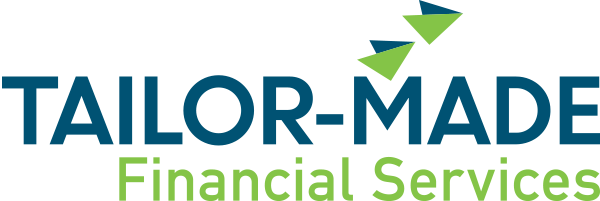When buying a property, it’s important to understand the upfront and ongoing costs.
Some of the costs involved with home ownership include government fees, insurance, interest charges, strata fees, council fees and more. Read on for a full run-down of the costs you’re likely to come across.
Upfront costs
Purchase price
This is what you’ll pay to purchase the property and unless you’re paying outright, it’s likely to include money you’ve saved and money you’ve borrowed.
Lenders will generally ask for a minimum deposit of 10% to 20% but others may lend to you if a family member pays the deposit, signs as guarantor or buys the property with you as a co-owner.
The Australian Securities and Investment Commission says aiming for a deposit of 20% or more of the purchase price, plus enough to cover added costs1, is a good goal. Also, contact your state revenue officeabout grants for first home owners.
Government fees
Stamp duty is a land/property transfer tax applied by all Australian state and territory governments.
It is one of the most significant upfront costs you’ll have to pay and it can vary greatly depending on where your property is located.
Mortgage registration and transfer fees also apply and differ from state to state.
Calculators Australia has a stamp duty calculator which may be able to help and, if you’re a first-home buyer, visit your state government website to see if you’re eligible for stamp duty concessions.
Depending on your personal circumstances, the value of the property and the type of property, you may be exempt from paying stamp duty so be sure to do your research.
Legal and conveyancing fees
When buying property, engaging a real estate conveyancer or solicitor that specialises in conveyancing2 is often a good idea. They’ll prepare the documentation and conduct the settlement process.
The costs will vary depending on the property you buy and the person you use.
Loan application
This is also referred to as an establishment, up-front, start-up and set-up fee. It is a one-off payment to your lender when your loan commences. Fees can vary depending on your provider and will cover things such as credit checks, property appraisals and basic admin.
Lender’s mortgage insurance
When applying for a loan, you may also have to pay lender’s mortgage insurance which is a type of insurance that protects the lender from borrowers who can’t repay the loan. If you have a deposit equal to or more than 20% of a property’s purchase price, generally you won’t be asked to pay this insurance.
Building, pest and strata inspection reports
These inspections will alert you to structural problems or defects that may not be visible to the eye—asbestos, termites, electrical, ventilation and plumbing faults.
A strata report, if you’re buying a townhouse or apartment, can tell you whether the property is well run, well maintained and adequately financed.
Moving costs
If you plan on moving into the property rather than renting it out, moving costs can vary depending on distance, if you rent a van, ask your mates to help or hire a professional removalist.
Ongoing costs
Loan repayments
You need to pay back what you’ve borrowed and some loan providers may have facilities to help you keep charges down or access money you’ve repaid if you need it.
You may also want to consider using an offset account if your lender offers this. It is a transaction account linked to a home loan to help reduce the interest payable against your outstanding loan balance.
How much you pay back and how often you make repayments will affect how long it takes to pay off your home loan.
Interest charges
You’ll pay interest on the money you borrow so it’s a good idea to compare what different lenders can offer and to check out the comparison rate.
You can generally choose a fixed or variable rate, or a combination of the two. This is worth some research as it can make a big difference to your repayments, particularly if interest rates move up or down.
Other ongoing expenses
- Strata fees for communally managed properties
- Council rates
- Utility costs—water, gas and electricity
- Building and contents insurance
- Any optional home improvements
- Property maintenance and if you’re leasing out your property – property management.
Source: AMP
